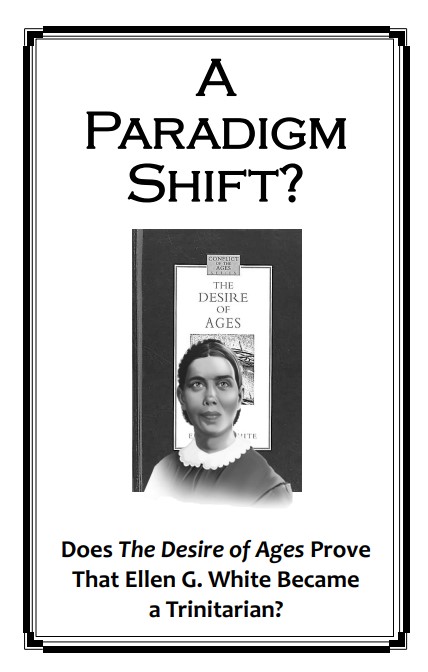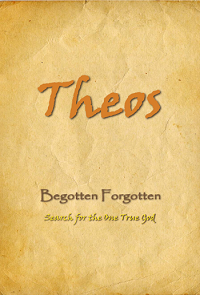
We recommend reading this book first if you have not already.
We recommend this book for further reading.
The Claim:
“The period from 1898 to 1913 saw an almost complete reversal of Adventist thinking about the Trinity. I say ‘almost’ because this paradigm shift did not lead to unanimity on the topic. As Merlin Burt has documented, a few thought leaders who tended toward the ‘old view’ remained vocal, but with declining influence, for many years. Nevertheless, the publication of Ellen White's Desire of Ages in 1898 became the continental divide for the Adventist understanding of the Trinity.” (Jerry Moon, The Adventist Trinity Debate Part 1: Historical Overview, p. 120)
Because of this so-called “paradigm shift”, sparked by the publication of Desire of Ages in 1898, the Adventist church shifted her understanding and teaching on the the nature of the Son of God from being the literal begotten Son of God to a mere metaphor:
“… the father-son image cannot be literally applied to the divine Father-Son relationship within the Godhead. The Son is not the natural, literal Son of the Father. A natural child has a beginning, while within the Godhead the Son is eternal. The term ‘Son’ is used metaphorically when applied to the Godhead. It conveys the ideas of distinction of persons within the Godhead and the equality of nature in the context of an eternal, loving relationship.” (Ángel Manuel Rodríguez, Seventh-day Adventist Church Biblical Research Institute, A Question of Sonship)
But did Ellen G. White truly have a paradigm shift in her thinking concerning the Son of God and the doctrine of the Trinity, or have modern leaders of the church misinterpreted her words? Join me as I explore and compare her writings from before Desire of Ages and after. If there truly was a continental divide in 1898, we should see a clear distinction of what she believed before and what she believed after the publication of Desire of Ages.
This book is in Letter size.





